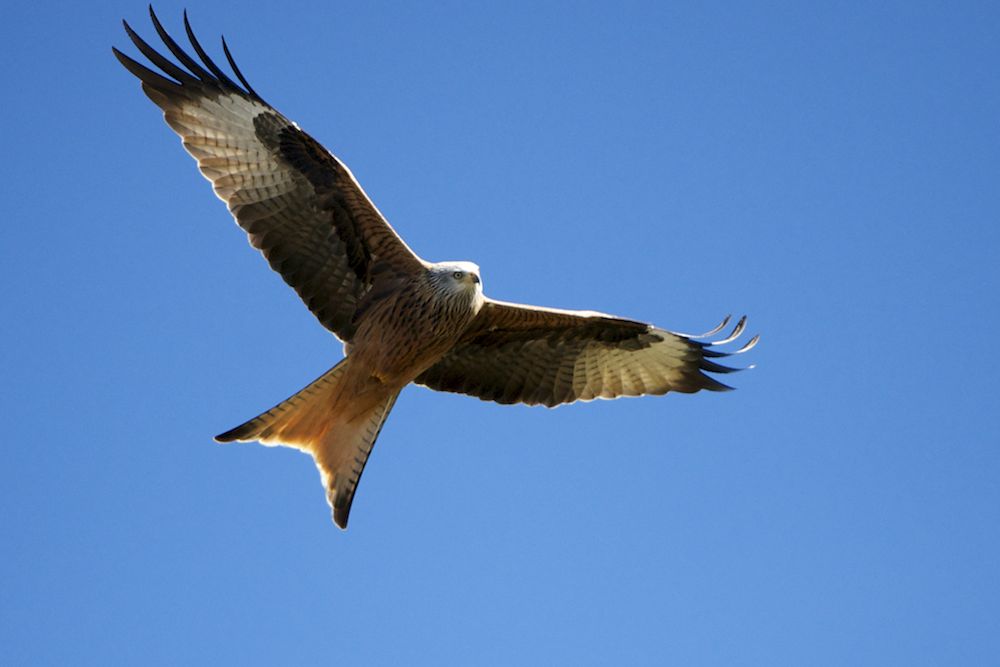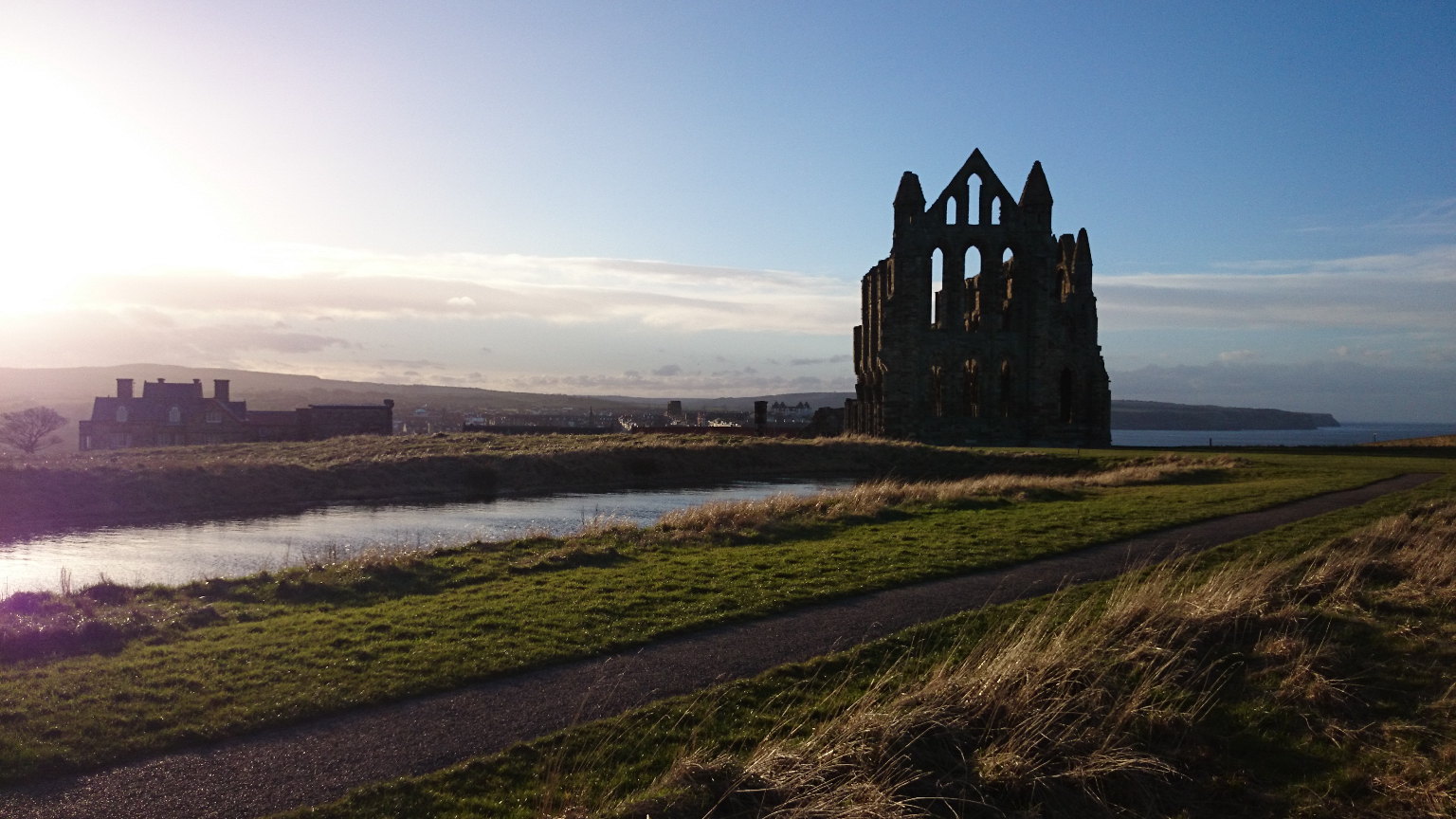The Red Kite is a bird of prey, reddish-brown in colour and with a distinctive forked tail and a large wing span of up to 1.5 metres – and they are absolutely thriving in the area around Harewood, which is between Leeds and Harrogate in West Yorkshire.
The fact there are so many is something of a miracle as intensive persecution meant that by 1871 Red Kites were entirely wiped out in England, whilst they were extinct in Scotland by 1879. Only a very small number of Kites managed to survive in the British Isles, in remote parts of central Wales.

A reintroduction program began in England and Scotland in 1989, with Yorkshire being the fifth area to see the birds released back into the wild, in 1999. Young birds that had been successfully reared in the Chiltern Hills in South East England were released at the Harewood Estate, and now there are tens of them living in the area.
I travel frequently between Leeds and Harrogate and I regularly see them, soaring majestically as they look for carrion to scavenge and small live prey, such as mice and voles, to hunt. After a recent walk around the Harewood Estate I was fortunate enough to see a number of Red Kites circling and swooping to collect food that had been left for them on the roof of a building, which you can watch in the video below.
I should point out that Yorkshire, unlike other areas of the country, has deliberately avoided providing feeding stations for the birds so that they remain wild and do not become dependent on ‘handouts’. The Yorkshire Red Kites website explains that there’s also a risk of the birds being provided with inappropriate food, which may potentially contain harmful additives, and so feeding them is discouraged.
The advice makes perfect sense, though I can’t deny that watching the birds wheeling and diving to snatch food was an amazing spectacle.
The next time you’re in the area, or passing through, don’t forget to keep an eye out for these beautiful, magnificent birds.



Lovely photos. I love seeing birds of prey over our house and garden. I can usually hear from the calls of all the little birds in the garden that one is flying over or nearby. They have always spotted them much quicker than I have 🙂
I’ve never seen so many together though as in your video!
They are absolutely thriving around Harewood. Recently during a walk, just before dusk, I saw about 40 of them circling. Thanks for watching!